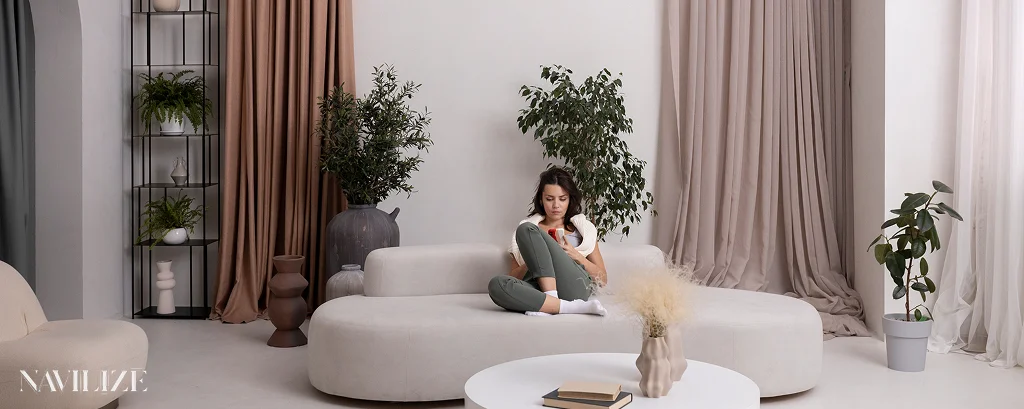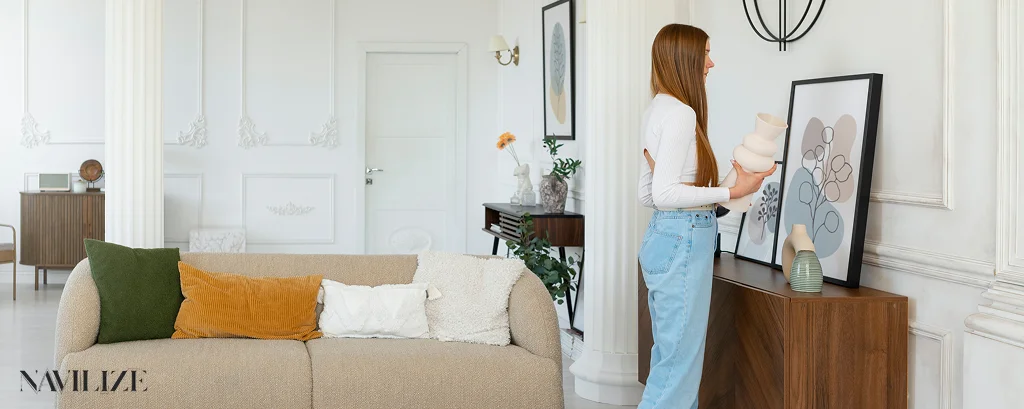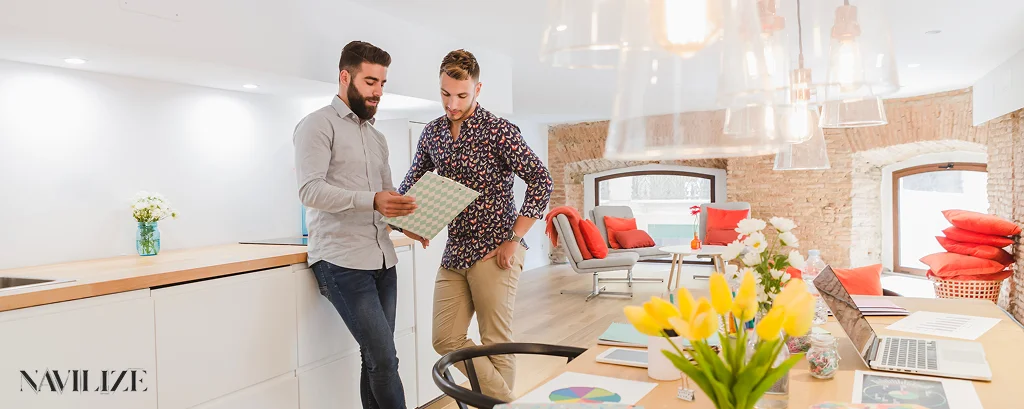Good interior design goes beyond aesthetics—it deeply impacts how we feel and function in a space. Colors, lighting, layout, and materials all interact with our senses and emotions. For instance, warm tones can promote comfort and relaxation, while natural light improves mood and productivity. Cluttered spaces may increase stress, while well-organized environments foster clarity and calm. Design also supports identity and belonging when tailored to a person’s lifestyle and values. Understanding these psychological effects allows designers to create environments that not only look beautiful but also promote mental well-being, productivity, and emotional connection to the space.
How Spaces Affect Mood and Behavior
The spaces we live in have a direct impact on our emotions and daily behaviors. A poorly lit, cramped room can lead to fatigue, irritability, and reduced focus, while an airy, well-lit home fosters calm and positivity. Elements like color, texture, and spatial flow shape our mood—soft tones and natural materials often promote relaxation, whereas bright hues may energize or overstimulate. By designing with intention, it’s possible to influence how people feel and act in their environments. Explore how Navilize creates mood-enhancing spaces in home design. Thoughtful interiors can truly transform everyday living.
Color Psychology
Colors are powerful psychological tools in interior design. Warm tones like red and orange evoke energy and social interaction, while cool hues such as blue and green promote calm and focus. Neutral colors can provide balance, offering a restful backdrop that supports relaxation or productivity depending on the room’s function. Designers often choose color palettes based on desired emotional responses—soft pastels for tranquility in bedrooms, vibrant accents for creativity in offices. The right color scheme doesn’t just enhance aesthetics; it influences mood, behavior, and even decision-making within the space, creating an environment that feels emotionally supportive and purposeful.
Space and Flow
The organization of space and how people move through it—known as flow—has a major influence on comfort and usability. A well-planned layout eliminates physical and psychological clutter, reducing stress and improving functionality. Open layouts can encourage social interaction, while defined zones promote focus and rest. Strategic furniture placement, clear pathways, and balanced proportions ensure that a room feels intuitive and easy to navigate. Good flow also enhances safety and accessibility. Interior designers at Navilize focus on optimizing flow to make spaces feel more inviting, efficient, and harmonious with the occupants’ lifestyle and habits.
The Importance of Personalization
Personalized interior design transforms a house into a true home. When design reflects the homeowner’s identity, values, and preferences, it evokes a sense of comfort and emotional connection. From favorite color palettes to meaningful décor and functional layouts that match routines, personalization creates spaces that are both emotionally satisfying and visually cohesive. At Navilize, we take time to understand each client’s lifestyle and story. Whether it’s incorporating cultural elements or designing around hobbies and habits, our portfolio shows how thoughtful customization can elevate interiors beyond trend and into something truly personal.
Balancing Emotional and Functional Needs

Great design harmonizes emotional resonance with daily practicality. A space must not only look good but feel right and function well. Soft textures and natural light can soothe the senses, while smart storage and ergonomic layouts keep life running smoothly. At Navilize interior design firm, our approach blends beauty with intention. We ensure emotional comfort by considering psychological triggers—like openness or enclosure—and balance that with practical elements tailored to the client’s lifestyle. The result is a home that not only meets daily needs but also nurtures wellbeing and creates an emotional refuge.
Designing for Wellness and Comfort


Interior design impacts more than aesthetics—it shapes wellbeing. Factors like air flow, lighting quality, noise control, and material choices affect how we sleep, focus, and relax. Incorporating natural materials, biophilic elements, and calming color schemes supports mental health. Functional comfort—like temperature control and adaptable furniture—reduces daily strain. Thoughtful design can also encourage healthier routines by improving layout efficiency. At Navilize, we explore these dimensions to create wellness-centered interiors that contribute positively to both physical and emotional comfort.
How Navilize Creates Emotionally Intelligent Spaces
Navilize blends psychological insight with architectural precision to design spaces that feel right. We go beyond surface aesthetics to explore how color, texture, proportion, and flow influence emotion. By understanding your routines, personality, and emotional needs, we craft interiors that inspire peace, joy, and connection. We also ensure the design aligns with functionality, allowing ease and satisfaction in daily use. Our approach bridges the gap between interior architecture and interior design to create spaces that are intelligent, human-centered, and deeply expressive, drawing on evidence-based principles to maximize benefits like enhanced mood and reduced stress.
Conclusion
Interior design is more than aesthetics—it’s about crafting spaces that resonate emotionally, function efficiently, and promote well-being. From color psychology and layout planning to personalized details and smart material choices, every element contributes to how we feel and live within our homes. As homeowners become more design-savvy, the focus is shifting toward meaningful, thoughtful spaces tailored to real-life needs. At Navilize, we prioritize this balance of beauty and purpose. For deeper insights, especially on impactful elements like color schemes, explore our guide on how to use dark colors in interior design to enrich your home intelligently and elegantly.






